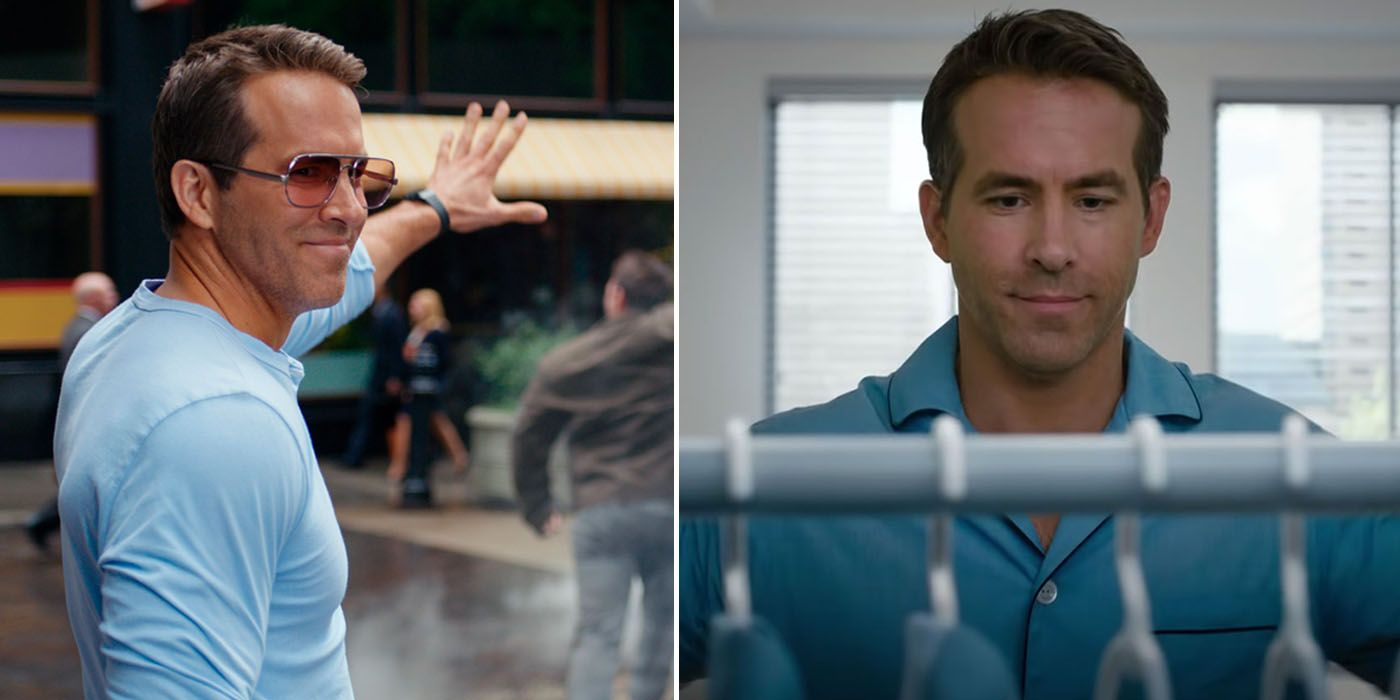
After experiencing a few delays, Free Guy is finally in theaters. Thankfully, the delays did not seem to hurt the film's success. The movie was well-received, as Ryan Renolds confirmed that Disney wants to make a sequel a mere one day after the movie's release.
Free Guy follows Guy, an NPC who lives in a game where players wreak havoc on his city. The destruction is part of his normal, everyday life, but he breaks away from his routine when he meets MolotovGirl. Rather than focusing on nostalgia, Free Guy bases Free City off of modern games and get a surprising amount right, as well as a few things wrong.
10 Right: Streamers Have A Lot Of Influence In Gaming Culture
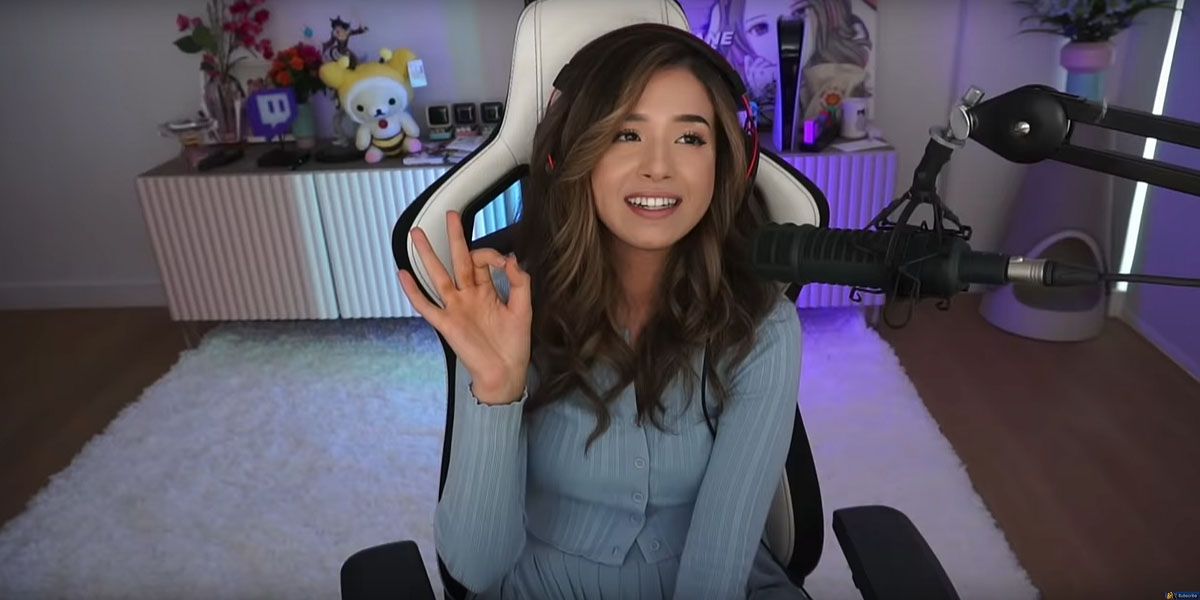
Given that Free Guy is a video game movie, it only made sense to include streamers. Streamers can be akin to celebrities, as some of the most popular streamers have thousands of people watching their streams a day. The film included many big names, such as Pokimane, Jacksepticeye, and Ninja, who have an undeniably large presence in the gaming community.
9 Wrong: There Are Odd Punishments And Solutions To Bugs
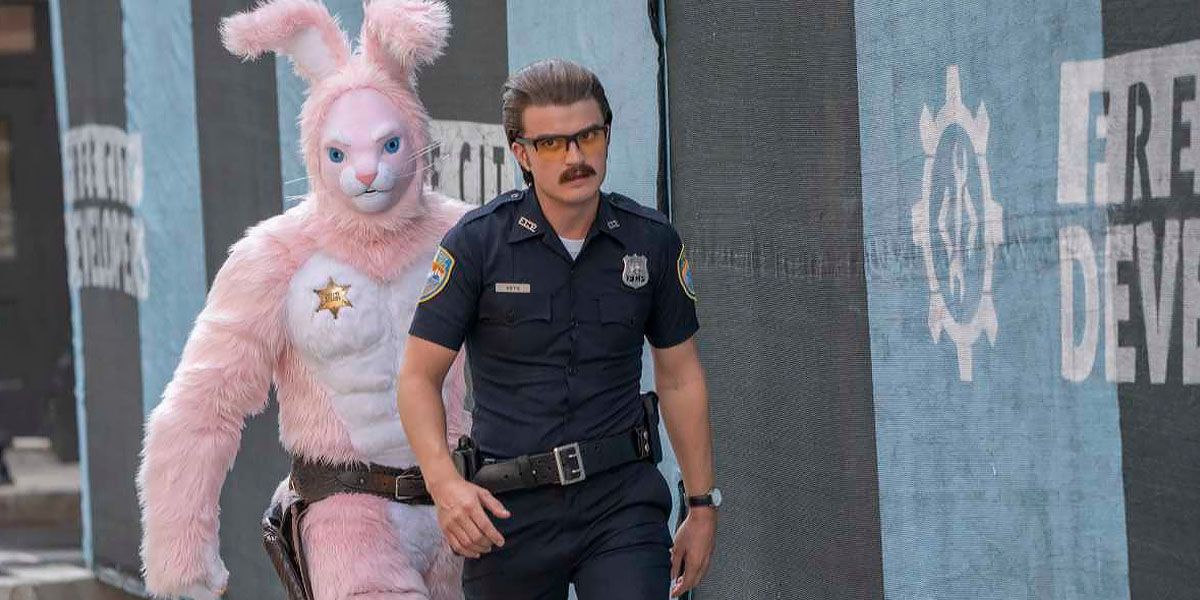
Soonami has an odd way of punishing Guy for his rule-breaking actions. Since they cannot boot him out of the game in the traditional way, some employees log into the game themselves in order to kill him. Antwan's desperate attempt to break the servers with an ax are definitely odd as well and is not something a huge company like his would need to resort to in order to shut their game down.
8 Right: Games Want To Avoid Too Many Similarities Between Players And NPCs
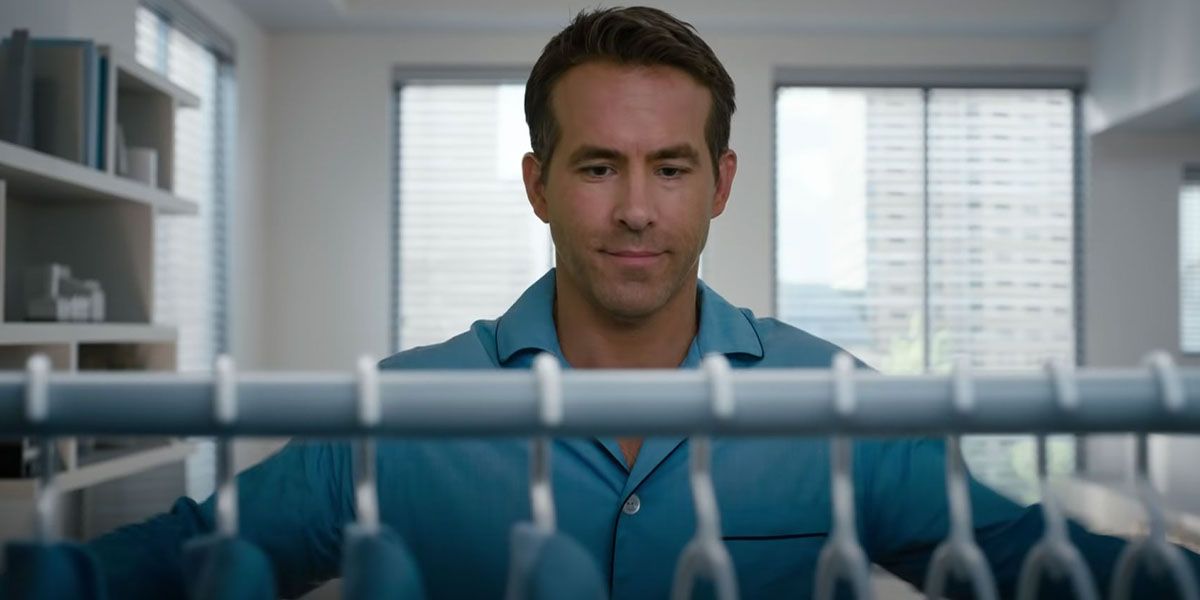
After Guy takes a pair of sunglasses from a player robbing the bank, the people who encountered him assumed that he was a player with an NPC skin. After all, no one expected an NPC to act differently from the way that they were programmed. Free City's rules explicitly stated that players aren't allowed to have NPC skins, as people with said skins would cause confusion. This is the case for many games since people act differently around bots than they do with other player characters.
7 Wrong: Characters Don't Come To Life (Yet)
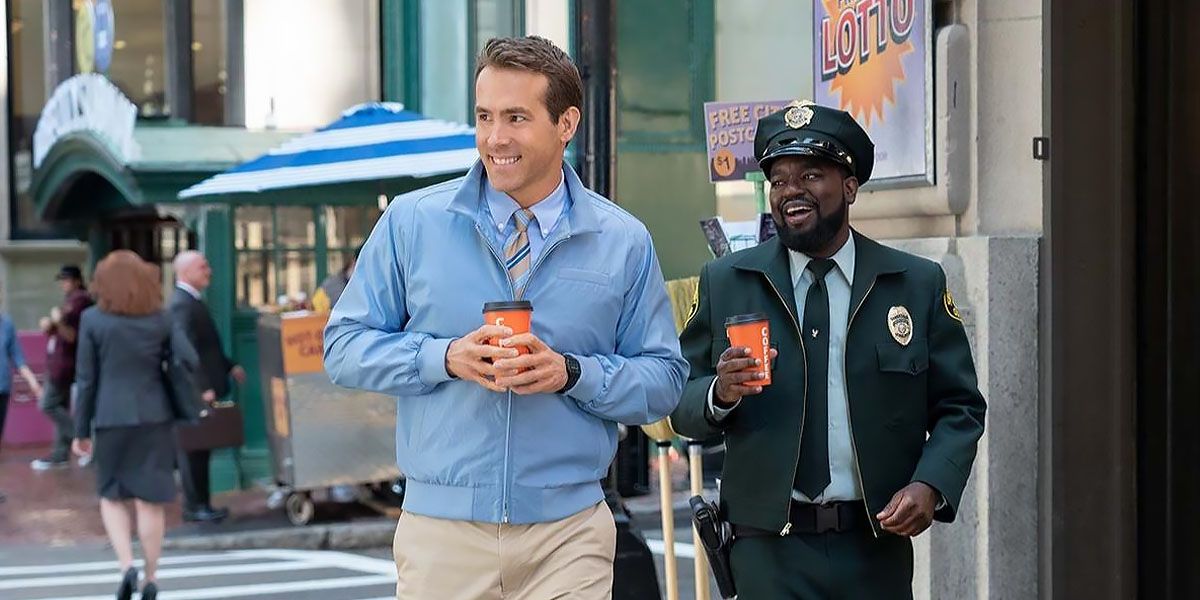
No NPCs are quite as life-like as Guy. While Guy and the technology used to create him is impressive, people in real life might be a little more hesitant to accept him. The thought of an artificial intelligence with a human-like capacity to think and grow would not sound entirely wholesome.
It may feel downright terrifying to anyone familiar with the concept of Judgement Day. It is also not common to see NPCs gain experience from killing players.
6 Right: Games Have Been Implementing More And More Crossovers
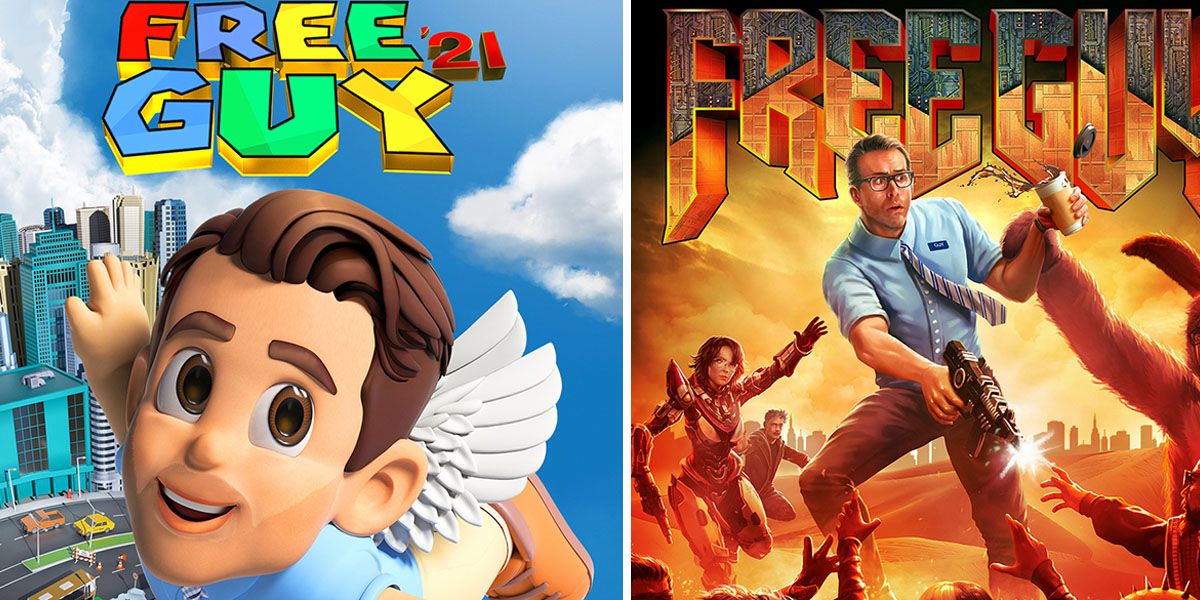
Many viewers were excited to see Captain America's shield and Hulk's arm appear on screen, accompanied by the famous Marvel theme. The lightsaber battle that followed was the cherry on top. More and more games are introducing crossover events, and fans absolutely adore seeing some of their favorite characters and weapons put into the same game.
5 Wrong: People Would Get Bored Of Free City Quickly
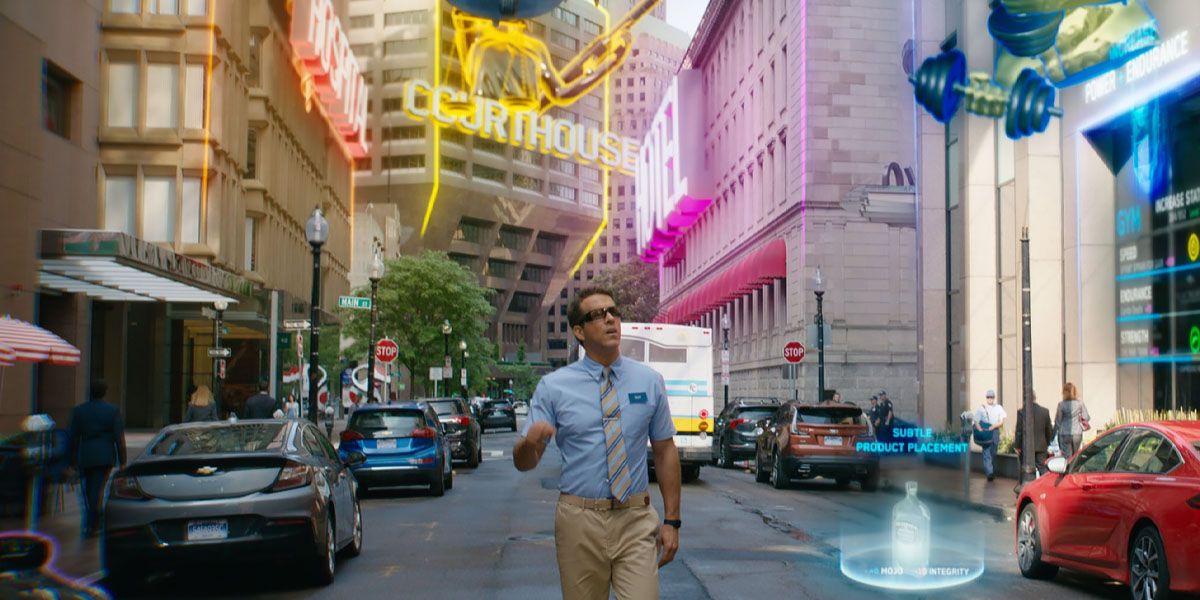
Although viewers mainly saw the events of the game through Guy's eyes, the game seemed to have the same routine. The NPCs would do the same thing every day and were so predictable that multiple players were able to quote what the NPCs would say from memory.
There may have been a variety of missions and a leaderboard, but various changes made to a game on a frequent basis are what keep them alive. The missions were focused on taking advantage of the vulnerability of the NPCs, and the movie showed that the game couldn't function without them.
4 Right: Some Sequels Are Unnecessary
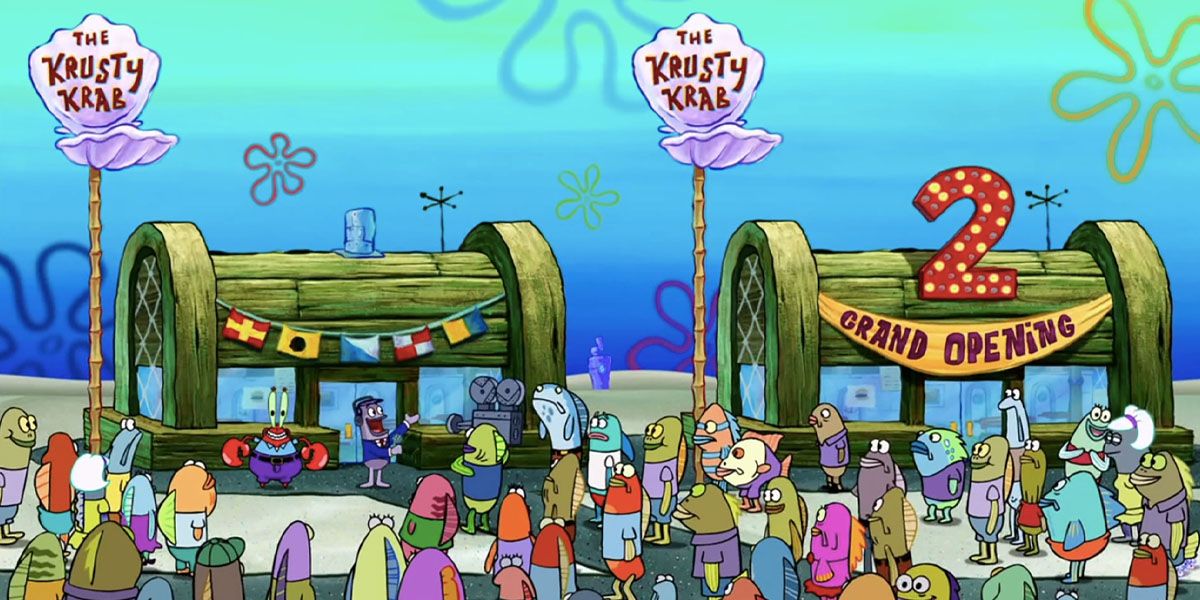
Unfortunately, fiction often mirrors reality. Sometimes, games receive sequels when a few updates to the original would have been enough. Antwan planned to make a Free City 2 and chose to break all of the promises he made, including his promise to include characters from the original game. The backlash that he received was realistic too, as players aren't afraid to seek out a refund if gaming companies don't deliver on their promises.
3 Wrong: Major Changes Usually Aren't Instantly Made In A Game
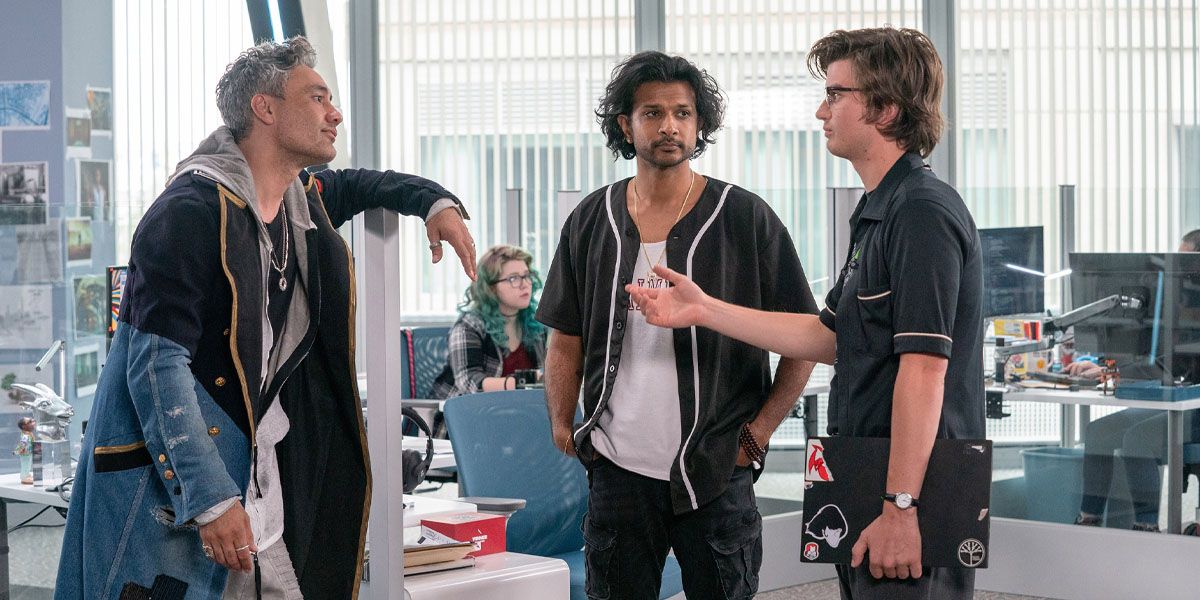
Walter "Keys" Mckey began working at Soonami after the code for his and Millie Rusk's game was stolen by Antwan. He had an impressive amount of control over the game, to the point where he was able to make significant changes from his laptop on short notice. Major changes to a game are usually added in patches, as they can sometimes come with a new set of bugs. However, Keys was able to move Millie into another player's area as well as quickly create an entire bridge for Guy to travel across.
2 Right: Indie Games Are Rising In Popularity
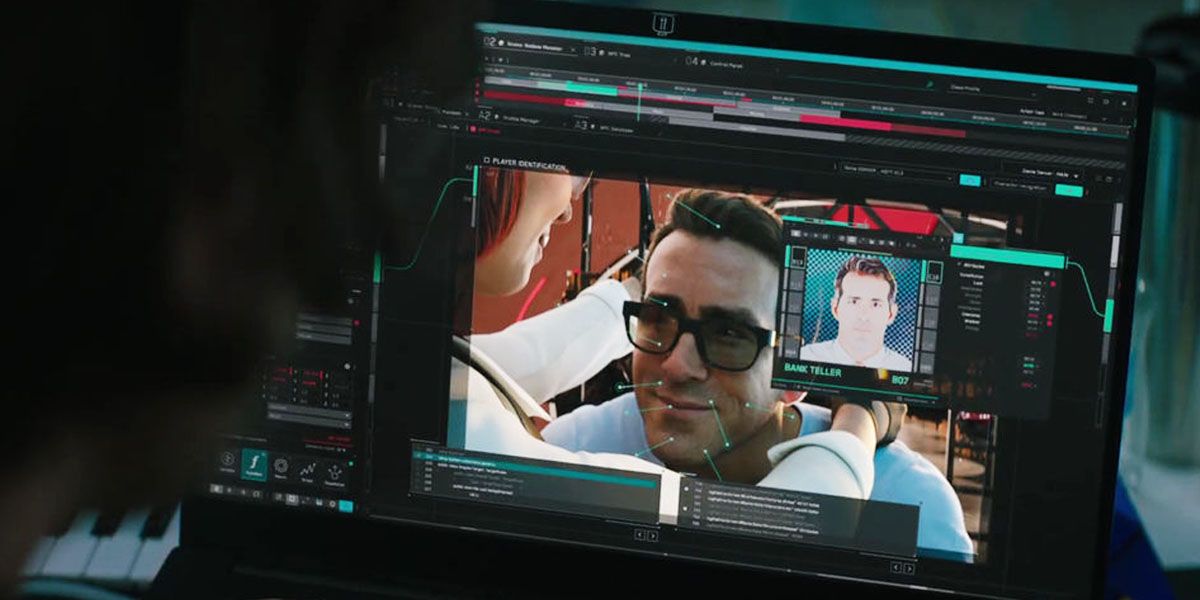
Indie games can be as popular as games made by huge companies. Some have been so successful that they have even shocked the people who have created them. The freedom of creativity, the passion poured into them, and the typically low cost make these games appealing to consumers. This is why it was no shock that the game created by Keys and Millie, Life Itself, was as popular as it was at the end of the film.
1 Wrong: No One Tried Being Good
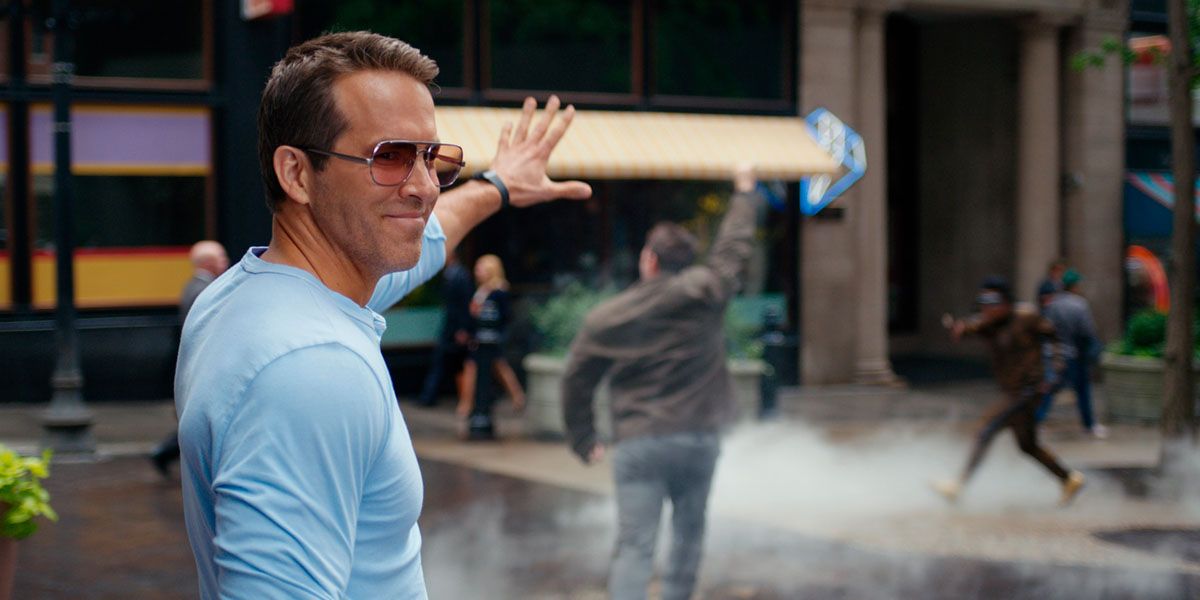
People, especially streamers, like to impose challenges on themselves when playing through games. Some like to try a deathless run, avoid using specific units and items, and do so much more to increase a game's difficulty and see how the game itself will react. This is why it is so odd that Guy was the first person to try a Pacifist Run, which is one of the most common challenges that players like to impose on themselves.
0 Comments